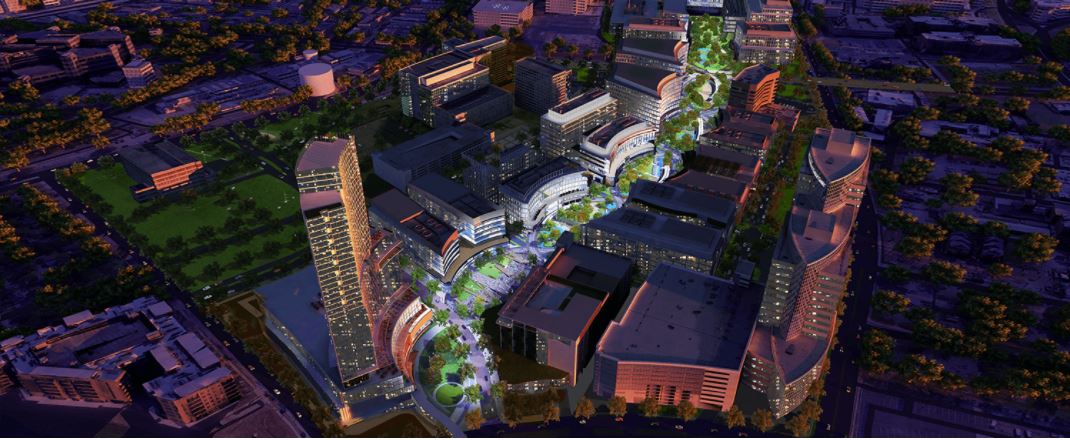Don Quick (center) is seen with his team in 2019 after winning a lifetime achievement award from the Round Rock Chamber. (Photos courtesy Don Quick & Associates)
Don Quick & Associates has served the Round Rock area and beyond since 1970, offering real estate and brokerage services to the community.
Founded by Don Quick, whose family has a long history in the city of Round Rock, the firm offers client-focused commercial real estate services such as landlord representation and leasing, tenant representation, real estate consulting and property management.
In 2018, Quick celebrated his 50th year as a Realtor followed in 2020 by the 50th anniversary of Don Quick & Associates. However, in late June and early July 2021, he and his wife, Eugenia “Jeanie” Quick, died after long battles with non-Hodgkins Lymphoma and cancer, respectively.
The company is now headed by their son, Darren Quick, who has worked with the firm since 1996.
“Don left a legacy of operating with integrity while servicing the commercial real estate needs of the Central Texas community,” Darren said. “We are thankful for the business relationships that Don created that we have continued to grow and flourish.” Click to read more at www.communityimpact.com.









